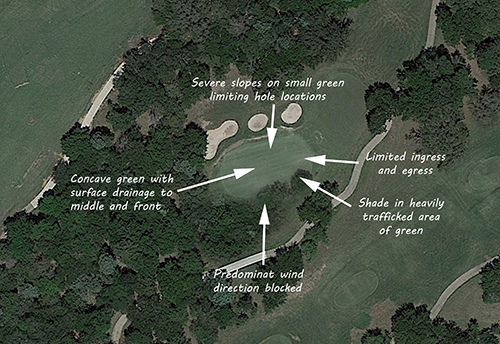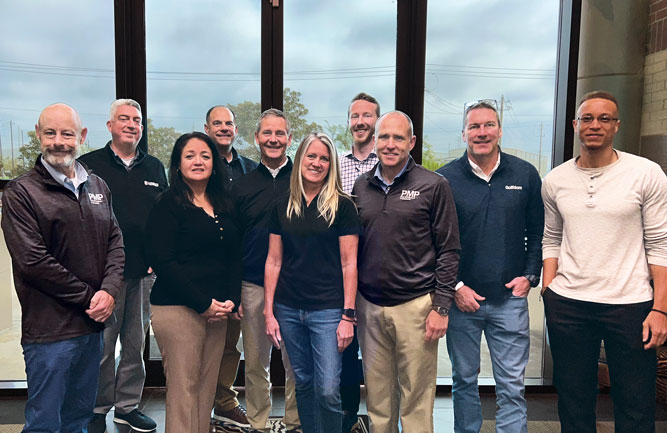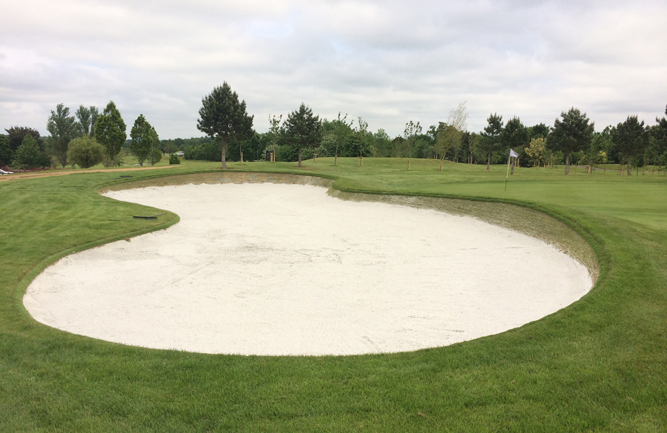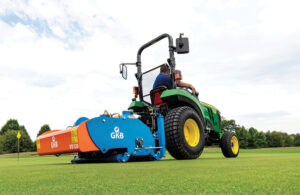Why growing environment trumps construction every time

Replacing the root zone in this green without correcting the depicted problems would almost certainly result in poor performance despite the best efforts of the maintenance team, according to Jim Moore. (Photo: Jim Moore)
Much of my career with the USGA Green Section involved the various aspects of putting green construction.
This included helping write the USGA’s “Guidelines for a Method of Putting Green Construction,” developing quality control programs, identifying confidence intervals for evaluating the significance of variability in root zone mix development and testing and, of course, troubleshooting actual putting greens to determine why they were failing.
I was fortunate to work closely with golf course builders, architects, superintendents, material suppliers, laboratory operators and research scientists. All of these efforts and the people involved had the same goal — to develop putting greens that were as agronomically sound as possible and with the flexibility to allow for a wide range of growing conditions and available, cost-effective materials.
I firmly believe these efforts have been successful and that the USGA’s method of construction is the best available. However, more than 40 years of experience with the management of putting greens taught me one very important lesson — growing environment trumps construction every time.
For the sake of this argument, I am defining growing environment as the combination of factors that affect the green other than the internal construction technique. These factors include:
- Air movement
- Sunlight
- Surface drainage
- Availability of hole locations
- Size of the green
- Traffic patterns
- Irrigation coverage
- Suitability of turfgrass
- Water quality
- Management practices
In my experience, any one of these factors can cause even the most well-constructed green to perform unsatisfactorily. The combination of multiple factors can result in complete failure.
The lesson here is that if your course has greens that are targeted for reconstruction as a result of poor performance, make certain they are evaluated for growing conditions first. A good root zone mixture and internal drainage system cannot provide light, hole locations, air movement, good water management, etc. It is also important to note that greens that are not limited by the above factors can often perform extremely well despite less-than-ideal construction.
For a more detailed method of evaluating and rating the impact of growing conditions on your greens, click here.












